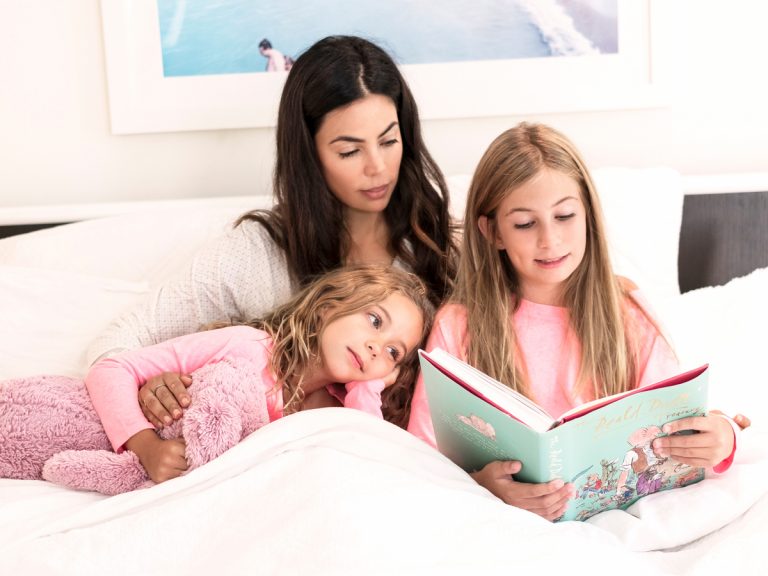
We’ve all been there when our kids ask us tough or sensitive questions we don’t know how to answer. Navigating these conversations with our children can be challenging, especially when it involves sensitive issues like discussing abilities, different bodies, and body diversity. As our kids become more aware of the world around them, their curiosity expands. It’s crucial to create a safe space where they can ask questions and seek guidance. Today, we’ll explore some essential insights on approaching these conversations with your children, ensuring that they feel supported and well-informed.
Featured image by Steve Schlackman.
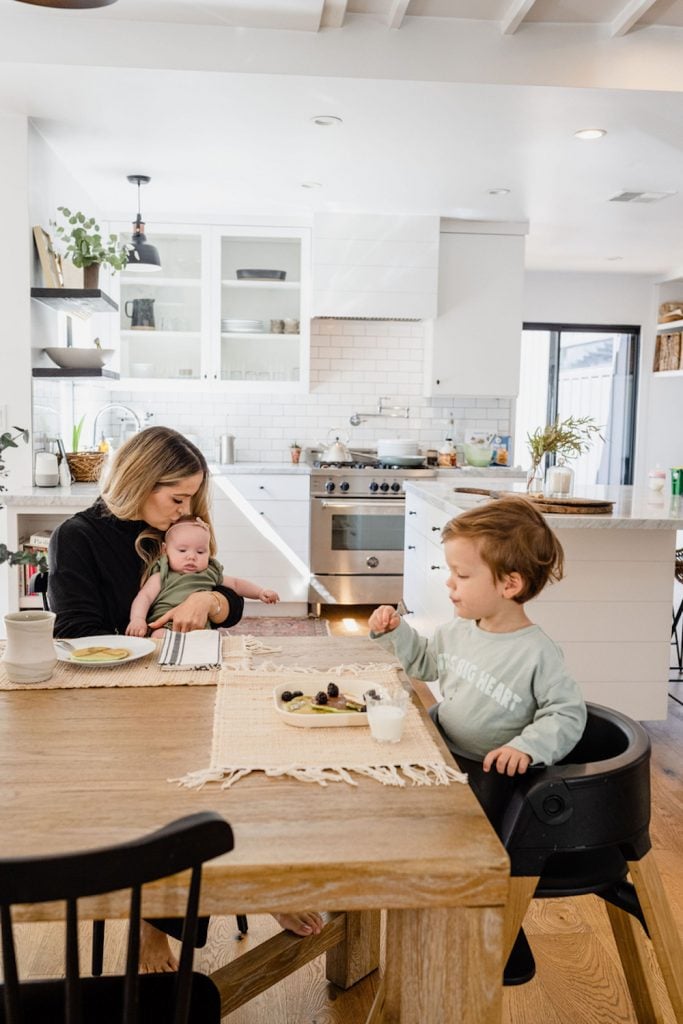
How to Talk to Kids About Body Diversity: Tips to Guide Your Conversation
Research indicates that discussing issues such as race, body diversity, and gender from age two helps children understand what they see and enhances self-awareness and self-esteem. It enables them to recognize and address unfair things, like discrimination and prejudice.
To provide expert perspectives, I reached out to Amber Coffman Crosby, a seasoned professional with over 16 years of experience in the fields of Social Impact, Corporate Social Responsibility, and DEI (Diversity, Equity, and Inclusion). Serving as the Senior Director of Jobs at Best Buddies International, Amber spearheads global initiatives to promote inclusivity and end the isolation experienced by individuals with intellectual and developmental disabilities (IDD).
Amber is also a devoted mother of two boys and a close friend. Ahead, she shares insight on addressing those challenging questions you might encounter as a parent.
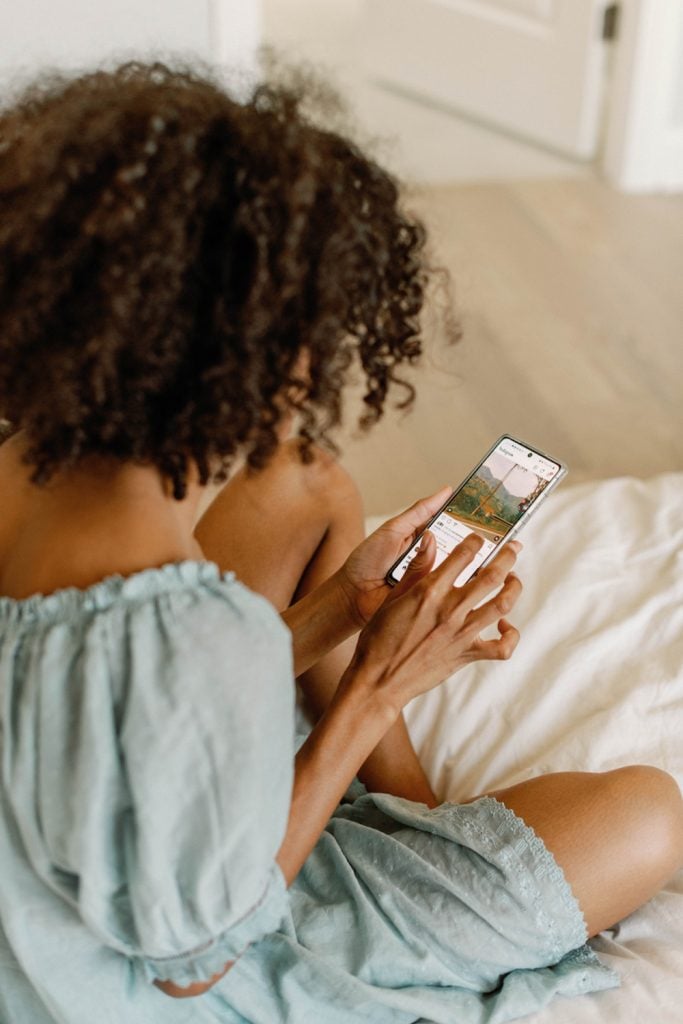
What’s the correct language when referring to someone with a disability?
This is a question that frequently ignites debate, but it’s crucial to remember that it should be person-centered. In the current climate, the recommended practice is to “ATP” (Ask The Person). However, you can opt for person-first language if this approach is uncomfortable. For example, say “a person who experiences life in a wheelchair” instead of “the wheelchair-bound person.” Nevertheless, it’s important to honor the preferences of individuals who choose to be identified by their disability first, such as “Autistic woman” rather than “woman with Autism.”
How should we discuss individuals with special needs?
Similar to the previous question, terminology can vary widely. Acceptable and commonly used terms include “neurodivergent,” “developmental or intellectual disabilities,” or specific terms such as “ASD (autism spectrum disorder).” Remember, using the word disability doesn’t have to be wrong; look at it as a part of life. The more we can embrace and make things comfortable for our children, the more confident they will adopt, express, and explore.
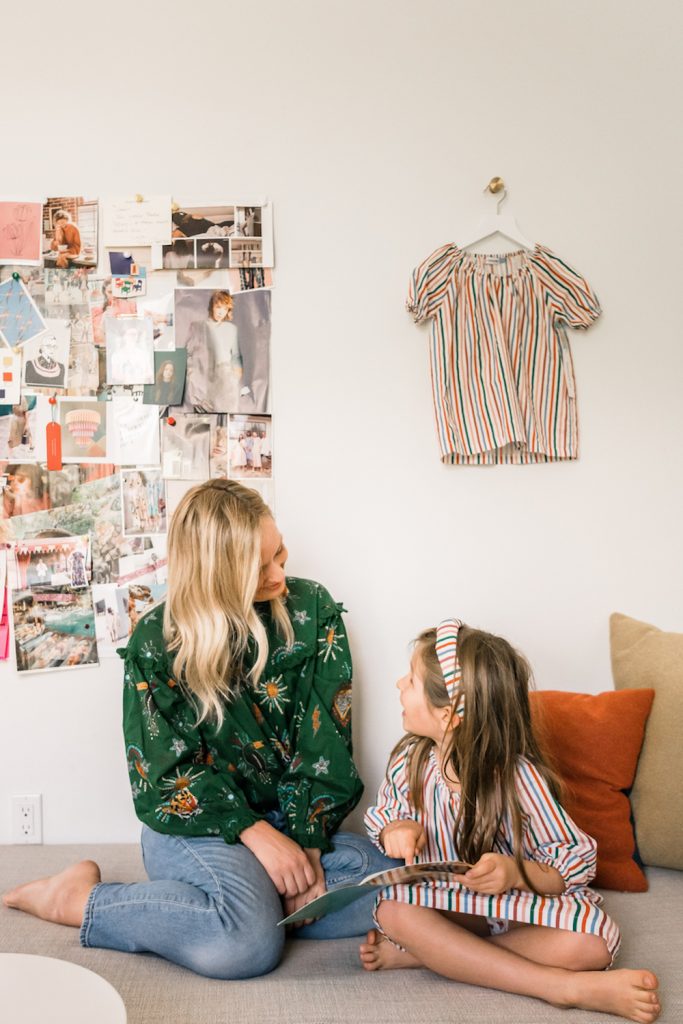
How do we approach these conversations with children? How does it evolve with age?
Children are naturally curious, and these conversations can begin at an early age. For instance, when your 4-year-old observes differences, such as calling someone a “baby,” who may actually have a disability, it’s crucial to gently delve into their perception and explain that people come in various shapes, sizes, and abilities. Keep your explanations simple and tailored to their age, and always ensure you maintain an open and safe environment for your children to express their thoughts. If you’re uncertain how to respond, don’t hesitate to seek external resources.
What do we do when children observe someone’s body or ability in public?
Acknowledge your child’s curiosity and establish a safe environment for discussion. Assist them in discovering suitable language to articulate their observations. Remind them that we are all unique and share similarities and honor differences.
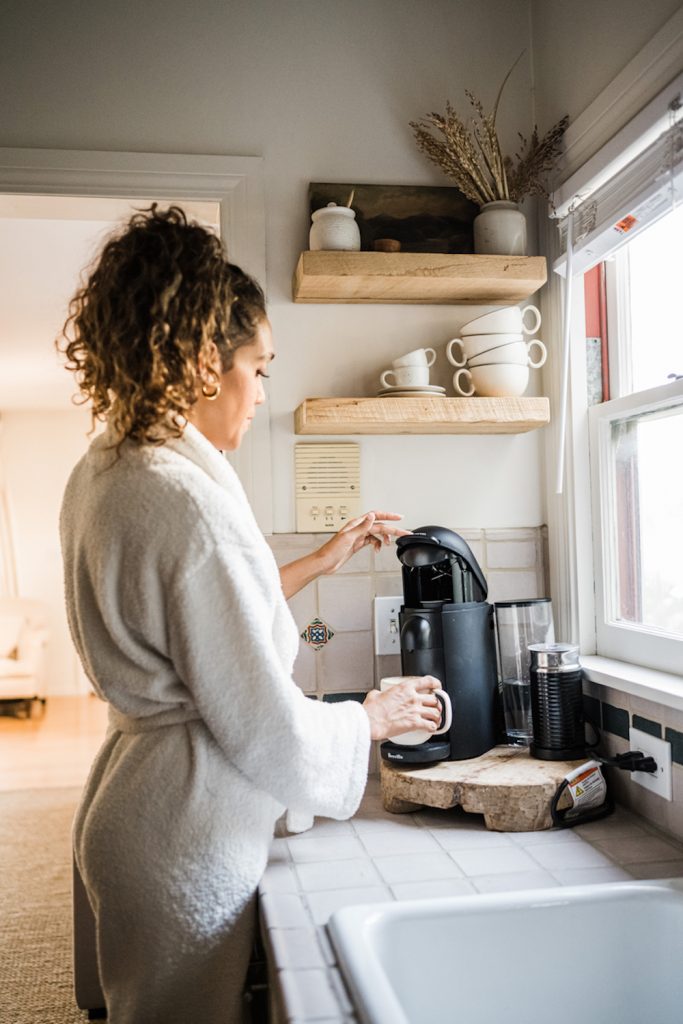
Further Resources to Support Your Conversation
When it comes to support and resources for how to talk to kids about body diversity, Amber recommends the following:
- Sanford Harmony: A tremendous resource for fostering positive relationships and social skills.
- Best Buddies International: Their friendship programs promote inclusion and provide valuable insights.
- “Demystifying Disabilities” by Emily Ladau: A great read to gain a deeper understanding of disabilities.
- Spread the Word: A resourceful platform for enhancing awareness and language use.
For a few more resources, I contacted Nikki Johnson, founder of Kidbookish, for book recommendations to initiate these conversations with your children.
- You’re So Amazing by James & Lucy Catchpole
- Bodies Are Cool by Tyler Feder
- Every Body by Megan Madison and Jessica Ralli
- Big by Vashti Harrison
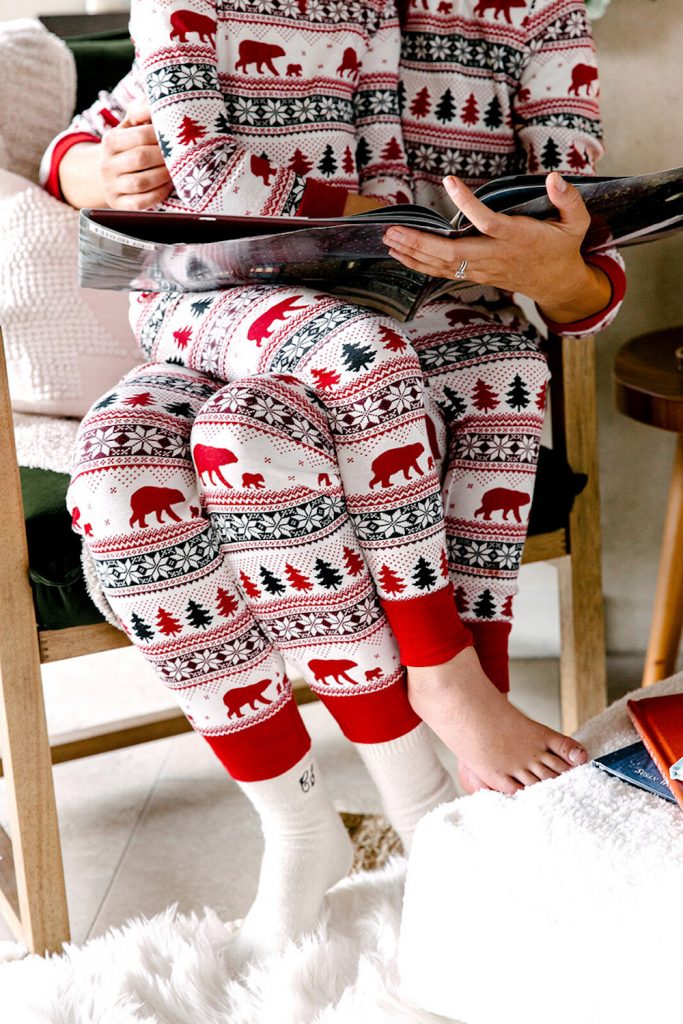
Final Thoughts
Initiating these discussions at home and using these resources can contribute to an environment where your children feel at ease discussing abilities, different bodies, and body diversity.
Embracing body diversity and fostering inclusivity begins with open and age-appropriate conversations with our children. Equipping them with the correct language, comprehension, and resources enables us to nurture empathy, acceptance, and respect for all individuals, regardless of their abilities or appearance. Remember that these discussions are ongoing, and seeking assistance and learning alongside your children is entirely acceptable. It’s a journey for all of us, and a responsibility we as parents should embrace.
The post How to Talk to Our Kids About Body Diversity and Disabilities appeared first on Camille Styles.


0 Comments